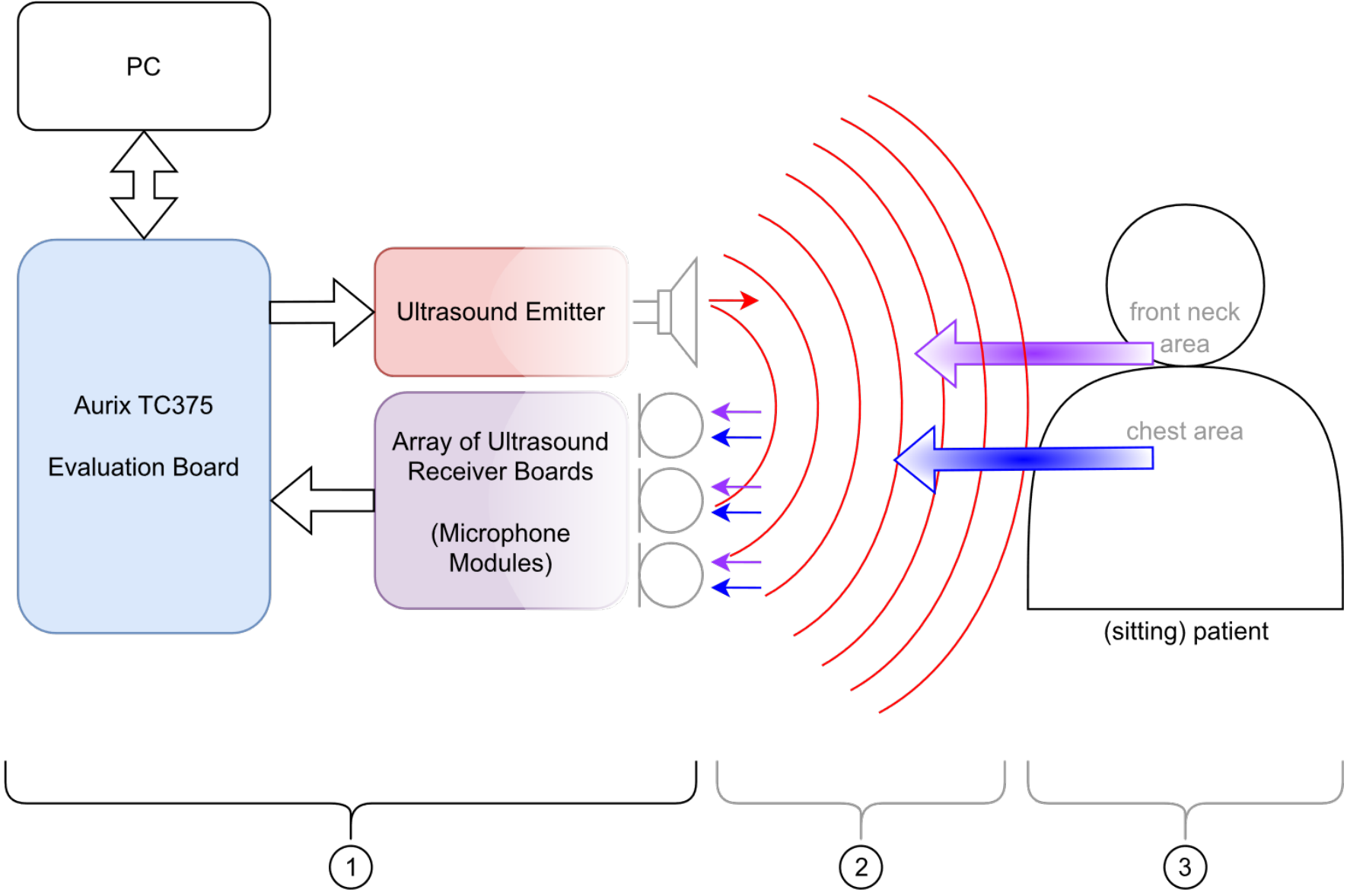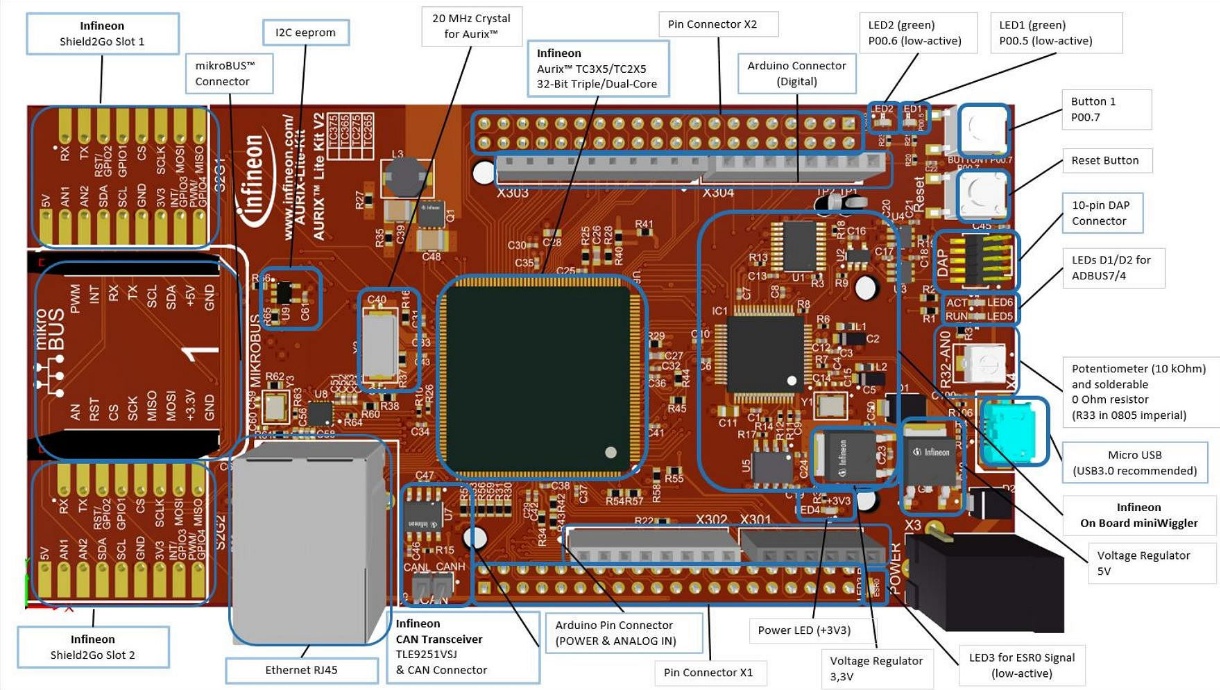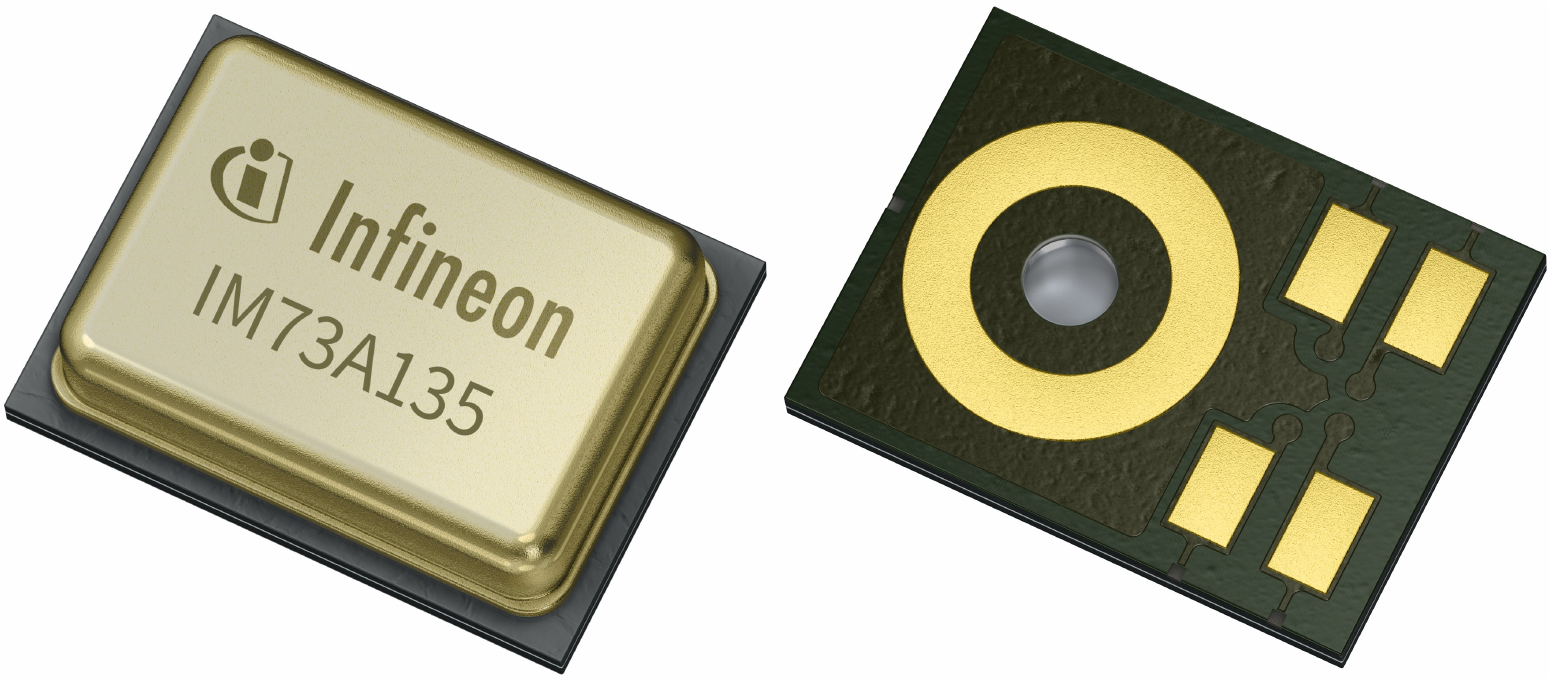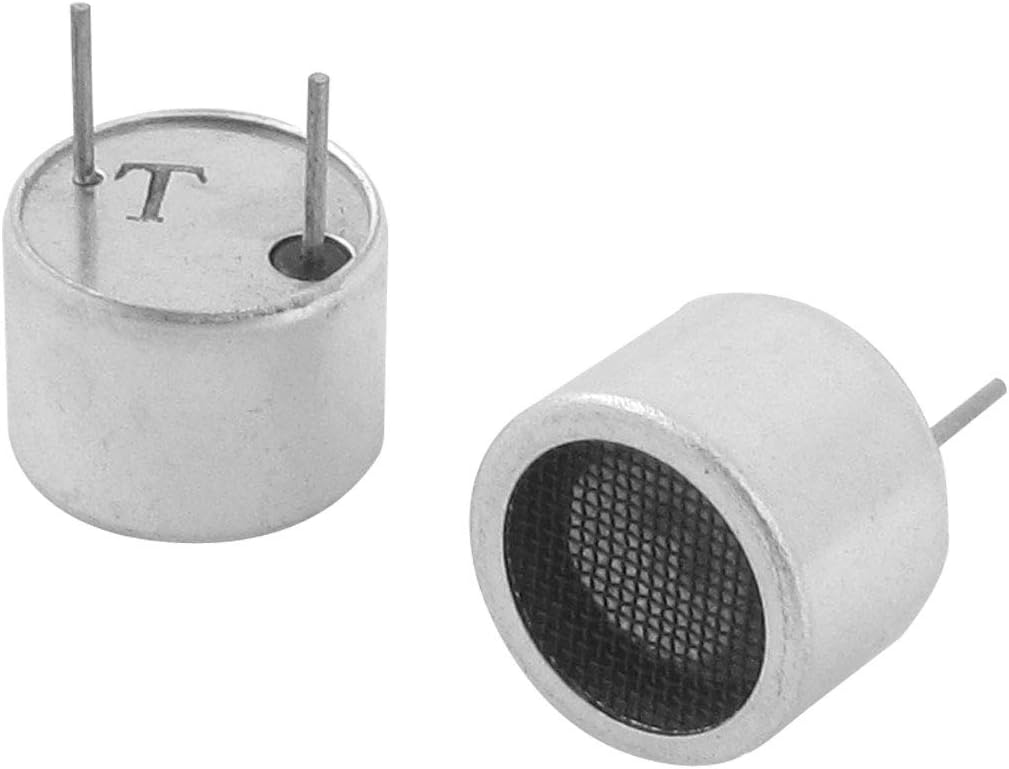Digital Signal Processing in MIMO and Dispersive Systems
Building on a foundation of many years of successful collaboration, Infineon Technologies Austria AG and UAS Technikum Wien will present their current research progress in the realm of MEMS (Micro-Electro-Mechanical Systems) technology. This collaboration has been at the forefront of integrating sophisticated digital signal processing with MIMO (Multiple Input, Multiple Output) and dispersive systems to revolutionize the way we perceive and interact with our environment. The potential of MEMS-based microphones for precise sub-millimeter movement detection forms the foundation of this industry collaboration. This technology can be applied in areas as diverse as healthcare diagnostics, automated manufacturing, and predictive maintenance. By harnessing the capabilities of multicore microcontrollers from the Tricore Aurix family, this project exemplifies our commitment to technological excellence and innovation.This project not only focuses on interfacing MEMS-based microphones, provided by Infineon, but also on digital signal processing approaches which are mainly performed by an Aurix Tricore microcontroller. Within the first phase of the project, we focus on building a solid platform to ensure a stable system for consistent measurements. This is, of course, also required for the digital signal processing part, which involves precise distance measurement, signal analysis, and advanced algorithm design.
Potential Applications - Healthcare
At the forefront of our research is the conceptual development of a technology for contactless heartbeat monitoring, aimed at healthcare applications. This approach, in its developmental stages, leverages the sensitivity of our MEMS-based microphone system and the precision of an ultrasound emitter. The goal is to detect and analyze the subtle acoustic signatures of heartbeats in a non-invasive manner. This methodology, once fully developed, could mark a significant step forward in patient monitoring by minimizing discomfort and reducing infection risks associated with traditional contact-based sensors. Below is a conceptual illustration of the setup under development.
As depicted in Part 1 of the figure, the Infineon Aurix TC 375 microcontroller on the development board is the central unit of our system. It controls an ultrasound emitter, captures signals from multiple microphone modules, and processes the data. A computer may be integrated for live data visualization and to support complex algorithm processing. Part 2 illustrates the intended measurement environment, where ultrasound signals are emitted towards and reflected back from the patient. Part 3 focuses on the patient, identifying key areas such as the pit of the neck or the chest for heart rate measurement.
With its potential to monitor heartbeats accurately from a distance, our system aims to open new possibilities in medical diagnostics and continuous health monitoring once it reaches maturity. It is particularly envisioned to be beneficial in settings where minimizing patient disturbance is crucial, such as in neonatal care or intensive care units.
Hardware Configuration
Our prototype for measuring signals from MEMS microphones comprises the following key components:Aurix TC375 Microcontroller
The AURIX TC375 microcontroller, a cornerstone of our hardware setup, is a high-performance microcontroller from Infineon's renowned AURIX family. Primarily designed for automotive applications, it features a TriCore architecture for real-time performance, up to 8MB of Flash memory and 1.3MB of RAM for handling complex applications, and advanced safety features compliant with ISO 26262 standards. The TC375's versatility, evident through its range of I/O options and support for multiple communication interfaces, makes it ideal not only for automotive systems like powertrains and advanced driver assistance systems but also for demanding industrial applications. Infineon's comprehensive range of development tools and a robust third-party ecosystem further bolster its capabilities. Below is an image of the AURIX lite Kit V2, featuring the TC375 microcontroller, which is utilized as the main computing platform in this project.
High performance XENSIV MEMS microphone with ultra high dynamic range
Integral to our measurement capabilities is the XENSIV MEMS microphone, chosen for its ultra-high dynamic range. This microphone is engineered to capture a broad spectrum of sound frequencies with high precision, making it a key asset in applications where sound clarity and accuracy are paramount. Its ability to perform consistently across various environmental conditions is particularly beneficial for our project's objectives. In scenarios like healthcare diagnostics and automated manufacturing, where accurate sound analysis is crucial, the XENSIV MEMS microphone's performance is of significant value. We are interfacing multiple microphones with the TC375 microcontroller in order to get a comprehensive spatial sound analysis. This setup allows for precise triangulation of sound sources and advanced processing of acoustic data, enabling us to harness the full potential of MEMS microphone arrays for detailed environmental monitoring and analysis.
Ultrasound Emitter
In this project, ultrasonic-based transmitters serve as the primary signal source. Currently, a single transmitter is employed, which is capable of emitting high-frequency sound waves outside the audible range for humans. These ultrasonic waves are essential for our experiments, providing a consistent and controlled sound source. The emitted signals are then captured and analyzed by our MEMS microphones. This setup is particularly useful in accurately detecting and measuring sound waves for research purposes, especially in applications requiring the detection of minute movements and precise distance calculations.
Interfacing the MEMS microphones with the Aurix TC375 microcontroller involves additional analog circuitry. This circuit, essential for amplifying the microphone signal to match the microcontroller ADC's input range, has undergone several revisions to optimize its performance. Detailed insights into this design process and the evolution of the front-end circuitry are available in the "Results" chapter of this website, where we delve into the technical progression and outcomes of our work.